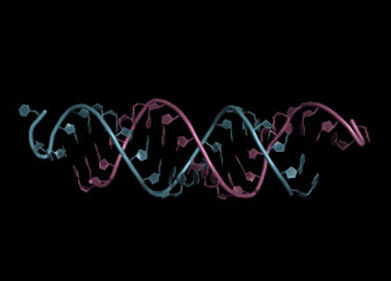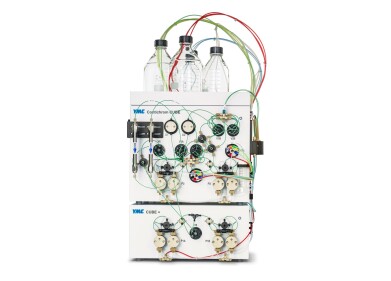Liquid Chromatography
Is Sunscreen Safe? — Chromatography Investigates
Jan 24 2018
It is essential that sunscreen is used to help protect us from too much damage when we are sitting in the sun. But how safe is the sunscreen we liberally slather all over our bodies? There appears to be little published research into the long-term health effects of sunscreen ingredients on human health or even if our bodies absorb ingredients from the sunscreen. But a recent paper published in the journal Analytical Chemistry reports on research that sets out to find the answers.
UVA, UVB and UVC — know your rays
The sun emits rays in many different wavelengths — the rays in wavelengths corresponding to visible light enable us to see, and rays at the infrared wavelength keep us warm and allow life on Earth. But it is the rays in the ultraviolet portion of the spectrum that can cause damage to our skin in the form of sunburn and skin cancers. The sun emits UV light in three bands known as UVA, UVB and UVC.
The reason UV radiation is damaging to us is because of the energy it transmits — enough energy to break chemical bonds. Only a small part of the light emitted by the sun is UV, approximately 10%. And only a small part of this reaches the surface of the Earth — the atmosphere absorbs much of the UV emitted from the sun. In fact, ozone in the atmosphere absorbs the most energetic of the UV rays, UVC. It is UVA and UVB — and UVB in particular — that we smother ourselves in sunscreen to protect us from.
Octocrylene — UV absorber
Most modern sunscreens use a substance called octocrylene as the UV absorber. It is particularly good at absorbing UVB rays — the rays that cause sunburn and can mutate DNA leading to cell damage, which can ultimately lead to skin cancer. The UVA rays are absorbed by another ingredient called avobenzone. But it is octocrylene that regulatory bodies have decided exposure levels need to be determined.
The team, from various German organizations, decided to look for metabolites of octocrylene in urine — a sample that is easy to get from subjects. They used turbulent flow chromatography to separate out smaller molecules from the urine and then liquid chromatography mass spectrometry to determine the identity of the metabolites in the urine. The use of LC-MS is discussed in the article, Enhanced Peptide Identification Using Capillary UHPLC and Orbitrap Mass Spectrometry.
The researchers detected three metabolites of octocrylene in the subjects’ urine — but at low levels. They report that the results obtained by the method correlated with when the subjects applied sunscreen. Hopefully, this is the first step on the road to showing that sunscreen is safe to use.
Digital Edition
Chromatography Today - Buyers' Guide 2022
October 2023
In This Edition Modern & Practical Applications - Accelerating ADC Development with Mass Spectrometry - Implementing High-Resolution Ion Mobility into Peptide Mapping Workflows Chromatogr...
View all digital editions
Events
Jan 20 2025 Amsterdam, Netherlands
Feb 03 2025 Dubai, UAE
Feb 05 2025 Guangzhou, China
Mar 01 2025 Boston, MA, USA
Mar 04 2025 Berlin, Germany












